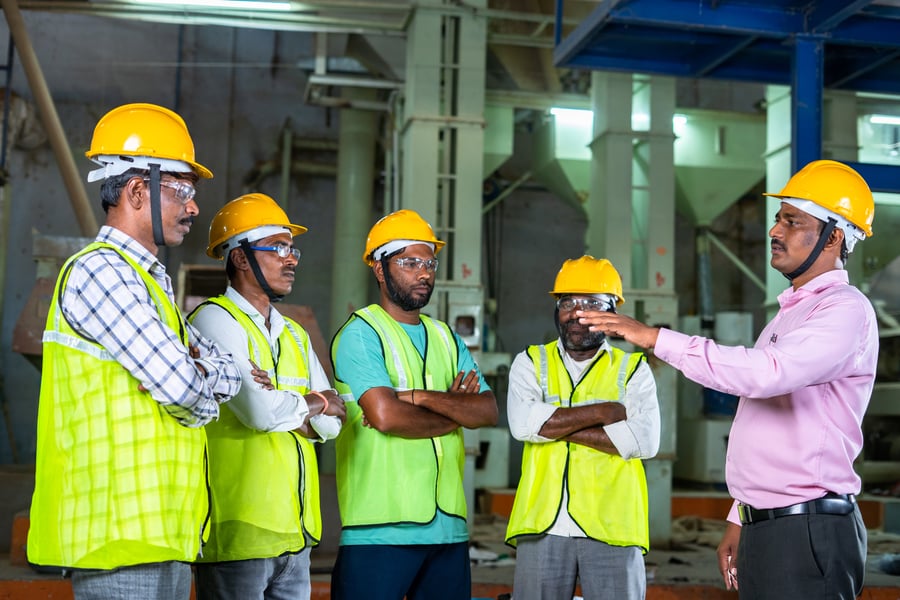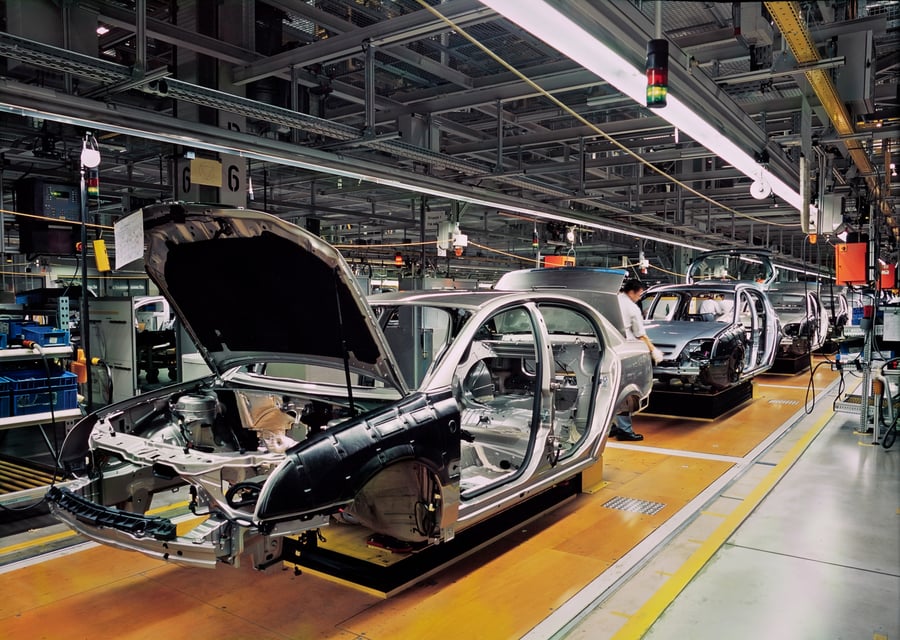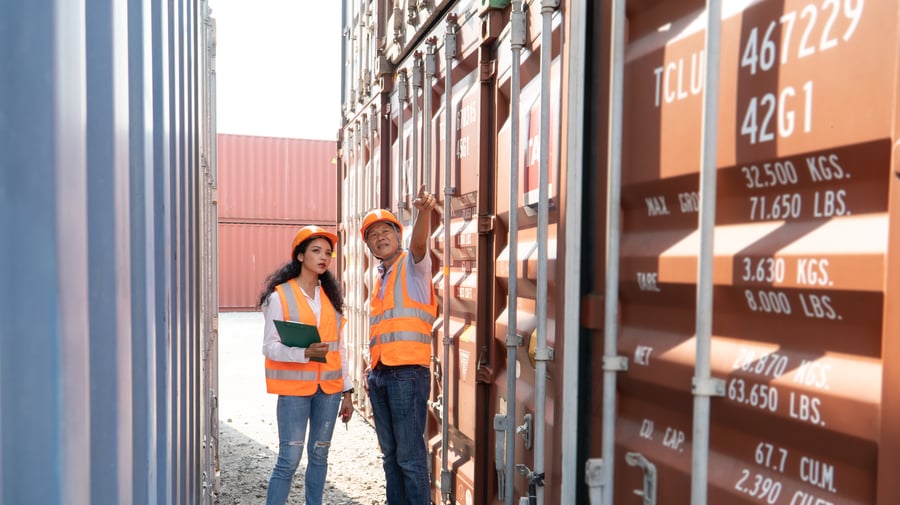In GE’s case, it was under the leadership of CEO Jack Welch. A pioneer of global offshoring, Welch had a reputation for cutting jobs and transferring them overseas to increase productivity and profitability.
In 1989, Welch flew to India for a sales call in the hopes of selling GE products to the Indian government. Here he met Sam Pitroda, chief technology advisor to Indian prime minister Rajiv Gandhi. “We want to sell you software,” Pitroda pitched a surprised Welch over breakfast. The GE CEO replied, “if I kiss your cheek, what do I get in return?”
In the years that followed, GE offshored big business processes to India, including data maintenance, call centers and even created a specialist department called General Electric Capital International Service. This division handled finance, business analytics and e-learning. Overall, the move helped GE save millions of dollars and drive the profitability that Welch hoped for over two decades.
This story indicates the power of offshoring, though it isn’t necessarily the right fit for every North American manufacturer. In this article, we’ll explore some of the reasons offshoring happens so you can make an informed decision.




